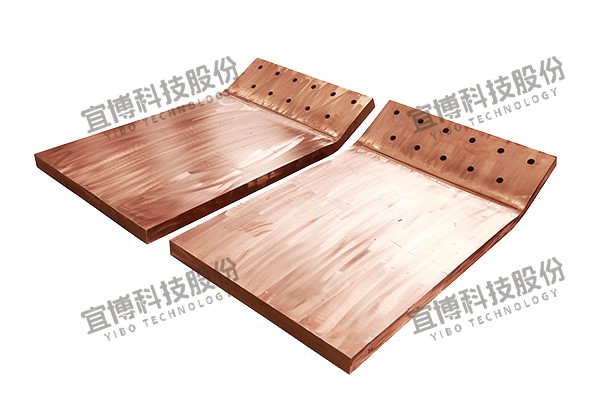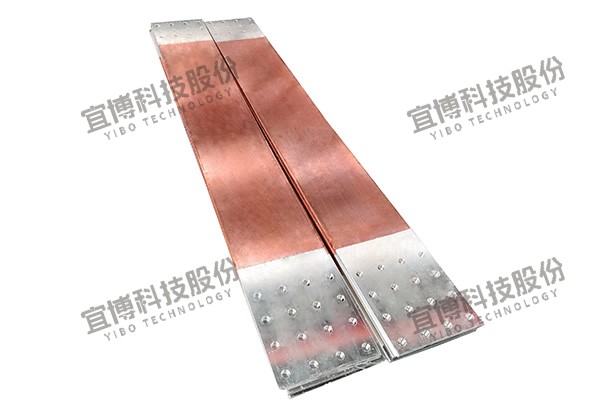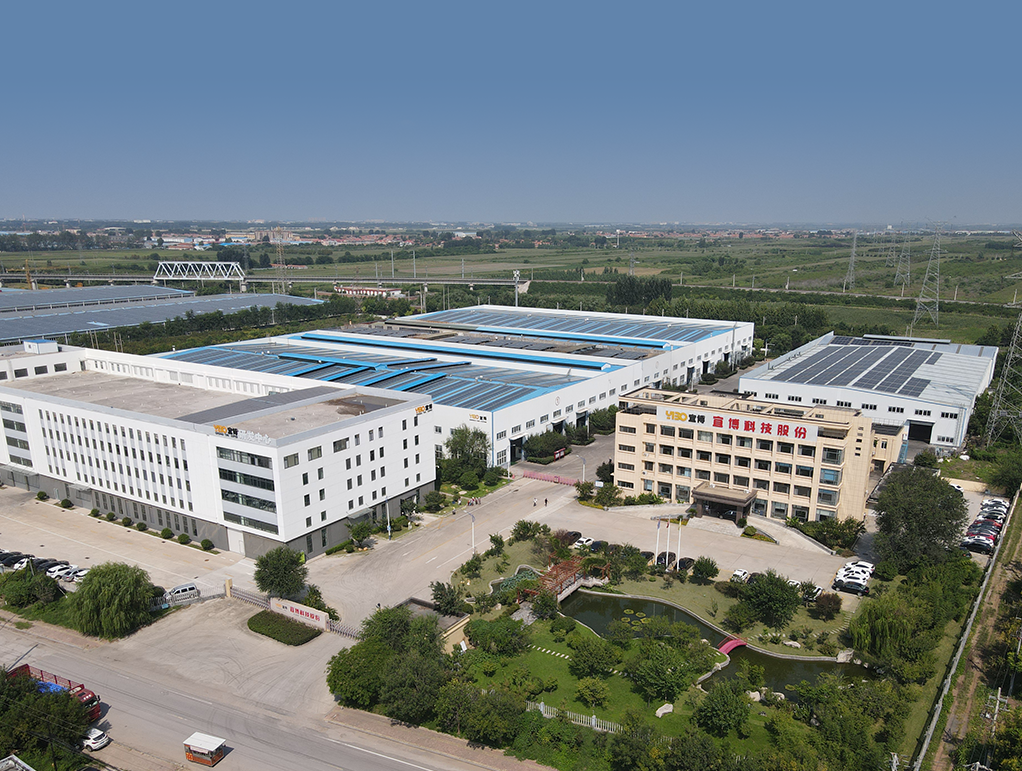2025 Aluminum Bus Bar Market Forecast: Surging Demand Driven by Green Energy and Electrification
The global shift toward renewable energy and electrification is accelerating the aluminum bus bar market at an unprecedented pace. Recent valuations indicate significant expansion, with projected growth rates reflecting strong momentum through 2034. Aluminum’s lightweight, cost-efficient, and sustainable properties make it indispensable for next-gen power distribution in solar farms, EVs, and smart infrastructure.
Key Growth Drivers
Renewable Energy Expansion:
Solar and wind projects increasingly rely on aluminum bus bars for efficient power transmission. With global solar capacity reaching record levels, the solar bus bar segment demonstrates robust growth potential. Aluminum’s integration in PV panel frames and wind turbine structures optimizes weight-to-conductivity ratios.EV and Data Center Boom:
Electric vehicles prioritize weight reduction to extend battery range—aluminum bus bars significantly outperform copper in weight savings, reducing energy losses in battery systems. Hyperscale data centers simultaneously drive demand for compact, high-current bus bars.Infrastructure Modernization:
Grid upgrade initiatives worldwide are accelerating aluminum bus bar adoption. Commercial construction in high-growth regions further fuels demand, with this segment outpacing broader industrial expansion.
Why Aluminum Outcompetes Copper
Cost Efficiency: Aluminum systems deliver substantial cost advantages over copper at comparable conductivity.
Sustainability: Recycled aluminum achieves dramatic energy savings versus primary production.
Material Innovation: Advanced alloys continue to broaden application possibilities across industries.
Regional Market Dynamics
| Region | Competitive Edge |
|---|---|
| Asia-Pacific | Dominates global production and consumption |
| North America | Accelerated deployment in grid modernization and EVs |
| Europe | Leadership in sustainable material solutions |
Innovation and Competitive Strategies
Leading manufacturers are advancing through:
Modular Designs: Streamlining installation in critical infrastructure
Material Science: Enhancing electrical and mechanical performance
Sustainability Integration: Meeting evolving carbon compliance requirements
Challenges and Opportunities
Raw material price volatility and substitution barriers exist, but recycling infrastructure development and alloy innovation create substantial growth avenues.
The aluminum bus bar market is powering the global energy transition. As renewable projects, EVs, and grid upgrades multiply, aluminum’s role as an efficient, sustainable conductor will solidify through 2030 and beyond.


